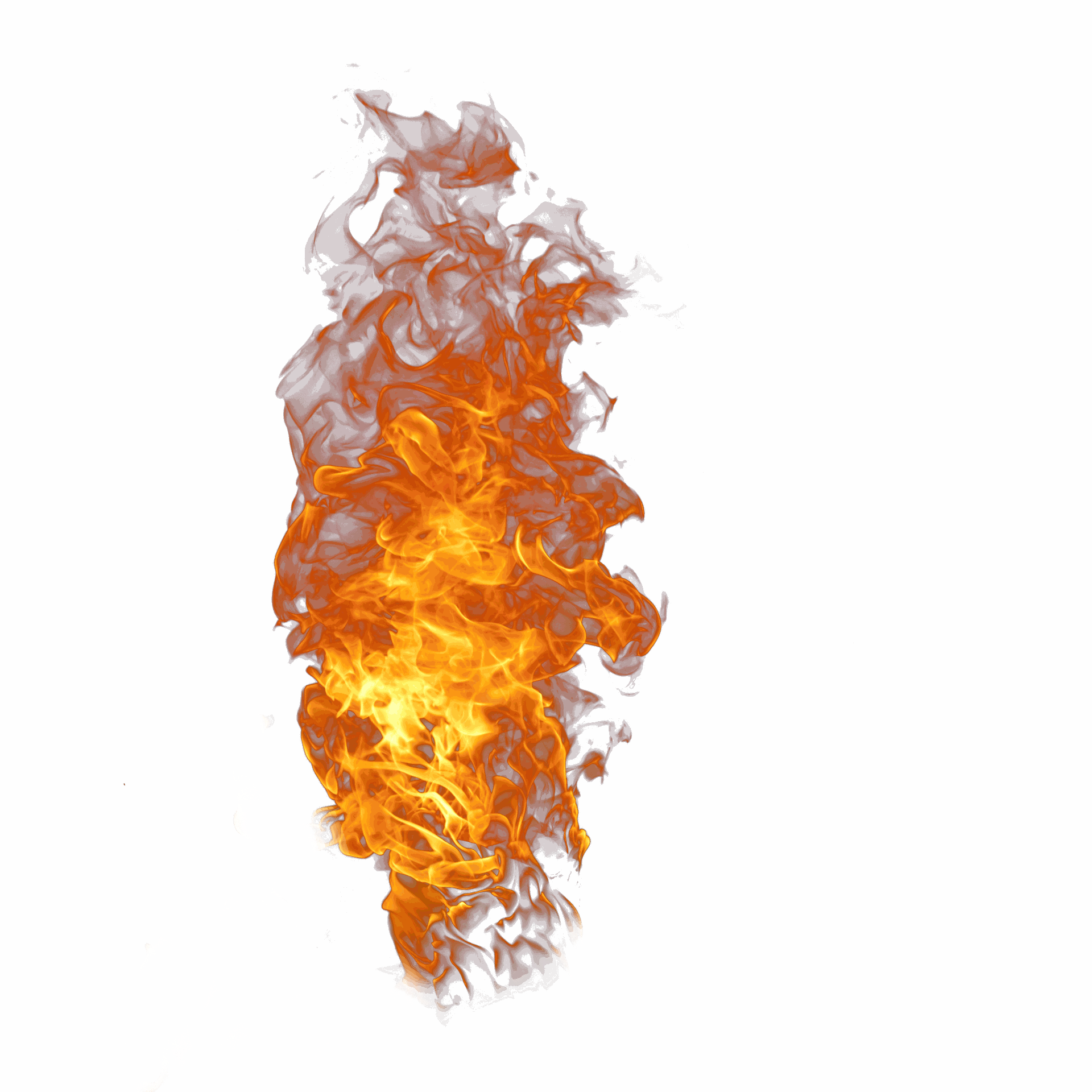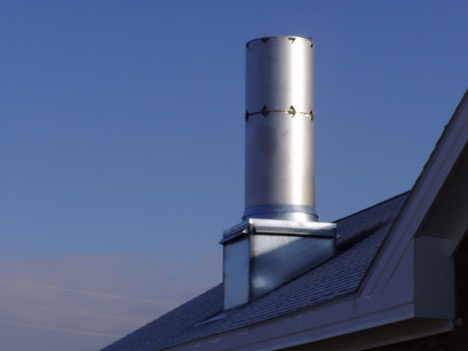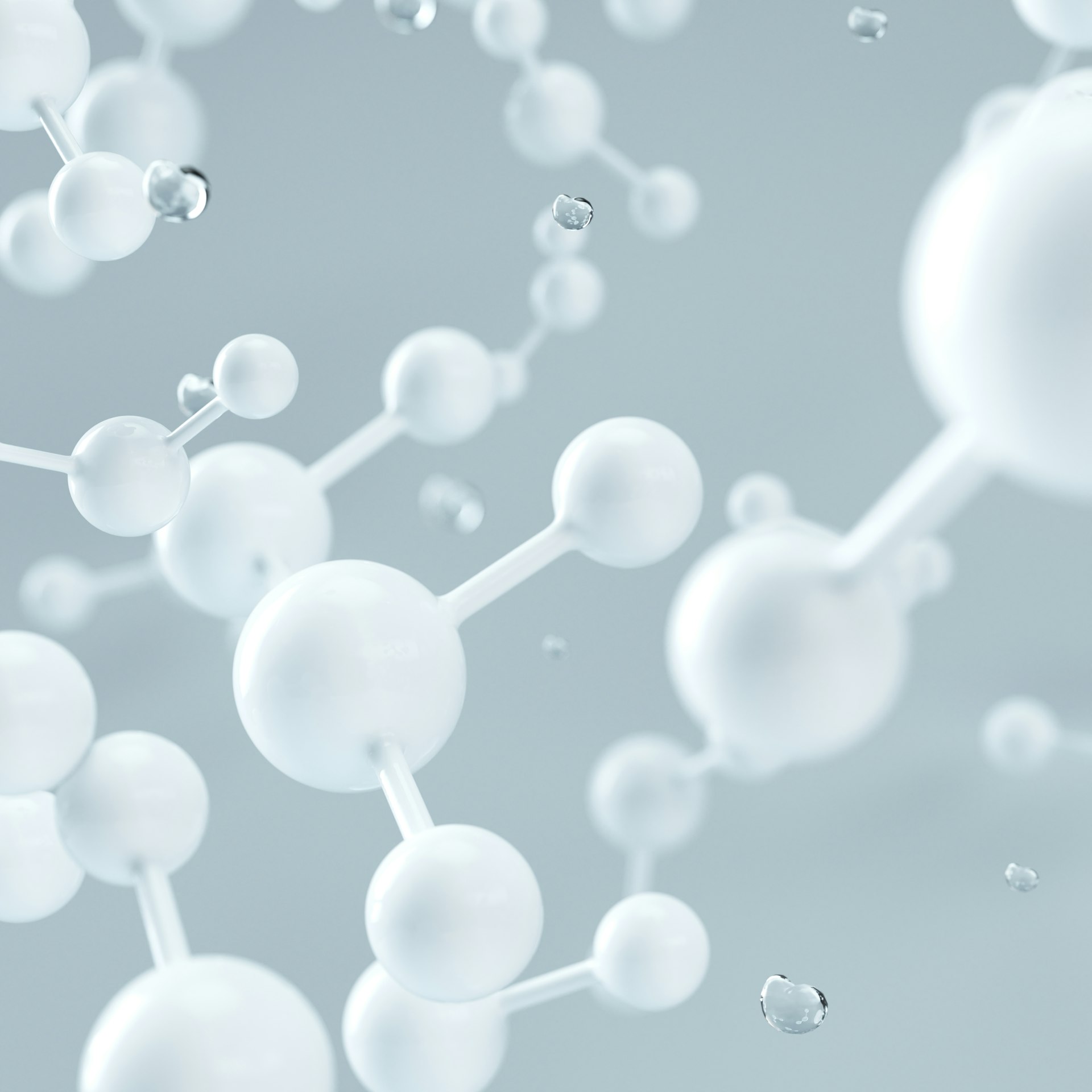Visualize a bon-fire. Envision the flames licking the air and hear the crackling of the wood burning. Smell the smoke and notice the sparks and embers spitting as the fire consumes the logs.
Now imagine that instead of logs being consumed by fire it is a dead body in a box. Your mental picture just changed, did it not? Should it have? To understand the differences in these fires (and some might say more importantly, to understand the similarities) is fundamental to understanding what goes on inside a cremator.
Obviously, there will be smoke and flames with both fires. And with both fires, they are consuming something. With a bonfire, smoke and flames are expected, even appreciated. You cannot roast marshmallows without flames. But with cremation, the flames and smoke produced during the process are not expected to exit into the atmosphere and are undesirable. These ‘products of combustion’ need to be fully contained within the system and destroyed. With cremation, smoke is perceived as pollution (which it is, but with cremation, it is considered far more germane than with a simple bonfire). Flames represent incomplete combustion and are as unwelcome as smoke and are even more representative of pollution.
The products of combustion (think smoke, flames, and smell) are produced in the main or primary chamber of the unit during the consumption of the body and container by the fire using Hydrocarbon fuel like Natural Gas or Propane. The hydogen and carbon spearates during combustion and these products then travel via a naturally induced draft through a throat area into a second chamber where they are actually re-combusted. This re-combustion further transforms this pollution to a cleaner healthier by-product that can be emitted into the atmosphere safely by making sure there is enough oxygen for the carbon and hydrogen gasses to meet up with and form CO2 and H2O gas. But how does the secondary chamber (also called the afterburner chamber) do this? Even though I often refer to this process as the secondary chamber magic, it is all about science.

We know that when something burns (or combusts) it makes smoke and flames as it goes through the chemical reaction. Different things burn at different rates. Kindling wood will burn much faster than a Yule Log. Each will create smoke and flames but will have a different “rate of combustion” even though they are basically composed of the same thing, wood. Deceased humans and their containers are basically the same. We are carbon-based life and mostly water, with some other minerals and proteins, etc. During the process of combustion, the water evapoerates quickly, the proteins are broken down, the fat tissue is melted, the wood or cardboard is consumed and most eventually evaporates. The carbon (mostly from the fuel) and many other atoms are separated during this process and if you have ever seen black soot during a fire, it’s carbon. Black soot is not what we want to see during a cremation so part of the process is binding carbon atoms with enough oxygen atoms to create Carbon Dioxide (CO2). CO2 is a clean gas that is safe to emit into the atmosphere. Humans exhale this every time we breathe. There are other chemical pairings that go on during the process, most of them producing safe and clean emissions.
If you are concerned that you are contributing to the carbon footprint of the Earth by cremation, it’s a simple fix. Start a carbon offset program and plant a tree(s) for every cremation performed. Trees produce oxygen and will offset any excess CO2 that is produced during cremation).

Because there are far things in our bodies and the containers we use for cremation, some of the pairings are not so safe but a modern cremator is designed to make sure these pairings are produced at an absolute minimum. Without a properly designed secondary chamber, things like Carbon Monoxide (deadly), Sulfur Dioxide (toxic and stinky), Mono-Nitrogen Oxides (smog), Volatile Organic Compounds (harmful compounds that turn to gas at low temperatures and can create slow long-term health hazards) and Particulate Matter (dust particles of all types of materials that can be inhaled causing serious health problems) can be released into the environment.
To be effective a secondary chamber in a cremator must be big enough, hot enough, create turbulence of some sort and have enough oxygen to assure safe acceptable emissions.
Time
The chamber must be large enough to “contain” the products of combustion for enough time to destroy the harmful molecules. Because gases flow at different rates depending on how hot they are, the temperature of the chamber will also affect this time. (Called a retention time or a residence time, which represents the time that the products of combustion “reside” or are “retained” in the secondary chamber). Would it surprise you to know that a minimum retention time in some older cremators is only ½ of 1 second? Most units manufactured today have a secondary chamber residence time of 1-½ seconds or more. Often this is called out as a permit condition.
Temp
If the temperature is too low proper combustion will not happen. If the temperature is too high the retention time will be reduced to an ineffective duration. Proper secondary chamber temperatures range from 1400°F to 1800°F depending on the age and model of unit. Most cremators manufactured today operate in the 1600° range and secondary chambers are specifically designed with the proper volume to ensure a minimum retention time.
Turbulence
To ensure a complete “mix” of all the gases during the secondary combustion process and to help slow these gases down, a method to create turbulence must be present in most designs of modern cremation equipment. In a retort style secondary chamber, there are a series of baffles that will force the flow of gases through holes, slowing them down and allowing for expansion as well. With this expansion of the gases, any particulate matter can drop out of the stream headed for the atmosphere and fall on the bottom of the chamber. In an in-line design, the gases will be forced to flow up into an arch where they will swirl around and mix, with the same results.

The last and most important component in efficient secondary combustion is oxygen. Without enough oxygen atoms for all the other atoms to bind with you won’t have complete combustion and then what will be emitted could be hazardous.
The louvered air vent that allows for fresh outside air to come into the room during a cremation is absolutely crucial to this. If this access is blocked or not present the cremator will not properly cremate and will emit nasty things into the atmosphere, and even things that will settle on the cars in your parking lot, or at the worst, embers that could start a fire outside.
Because perfect combustion doesn’t exist and our air contains much more than just oxygen and all bodies, cremation containers, caskets, and what is actually in these containers can be as different as snowflakes, modern cremation equipment must be operated properly by a trained and certified operator. Some of the biggest challenges operators face are these differences in the composition of what is burning. Referring back to the kindling versus the Yule Log, body fat and muscle/organ tissue will burn at different rates. Fat burns 17 times faster. Not just a little faster, so it is important to know what could happen inside the chambers during the cremation for all the different types of things you are loading into it.
What Really Goes On Inside a Crematory?